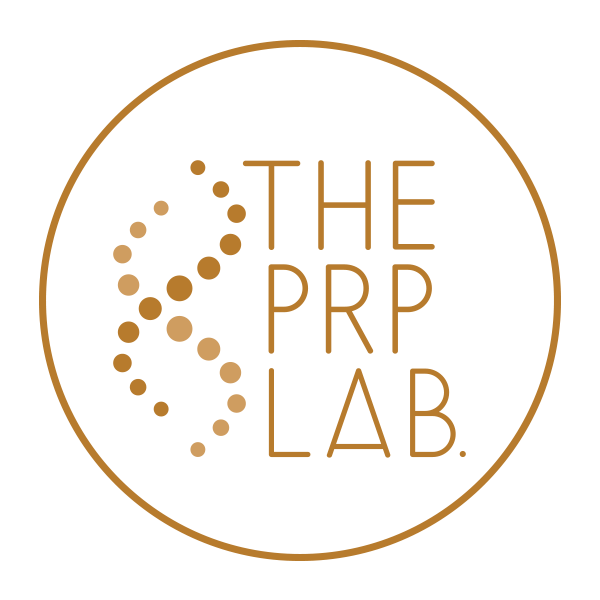What are Chemical Peels?
A procedure which involves the application of one or more chemicals on the skin, producing an acceleration of cell turnover. The immediate effect is skin deep skin exfoliation, usually visible, and a delayed effect is skin regeneration with repairing of the epidermis and dermal matrix (formation of new collagen) which improves certain aesthetic defects such as acne spots & scars, wrinkles, uneven skin tone and pigmentation.
Chemical Peels can be done in any season, in any type of skin anywhere on the body (with a suitable choice of peeling), they are quick and easy, painless in most cases and result in a smoother, brighter and younger looking skin.
Chemical Peels at The PRP Lab
We use BioReePeelCl3 at our clinics. The key component of this chemical peel is trichloroacetic acid (TCA), a strong acid that increases skin collagen production and lightens pigmentation caused by sun damage. Dark spots and post-acne marks are eliminated and free radicals are removed. Stubborn pimples, blackheads and even hormonal cysts respond to this biostimulating chemical peel that cleanses pores, exfoliates dead skin cells and improves skin texture. Unlike most other peels, it can be used at any time of year and with any skin as an exfoliator.
Vitamins and amino acids saturate the skin; these are soothing ingredients that moisturise and sooth the skin. Immediately after the peel, patients report softer, smoother skin. BioRePeelCl3 peeling improves the complexion as the vitamins give the skin better texture and helps to tighten large pores.
Salicylic acid and other acids, which are components of the peel, are especially useful for treating acne and blackheads. Salicylic acid is a strong comedolytic agent, which means that it helps clear pores. The acids help regulate the oil levels of the skin. Regular BioRePeelCl3 peels can help improve both inflammatory and comedonal blackheads. Acid peels with citric and salicylic acids are also used as an anti-aging treatment. While they cannot erase deep lines and wrinkles, they can soften fine lines and restore lost skin tone.
Chemical Peels at a glance
How does BioReePeelCl3 work?
Lipophilic phase
Its biostimulating and revitalizing actions ensure fibroblasts’ activity. This activates cutaneous proliferating and biosynthetic processes, as well as increasing cellular turnover, and collagen and elastin production. In addition, hydrophilic phase promotes exfoliation, reduces fine lines by neutralization of free radicals, and helps battling acne, enlarged pores and comedones.
Hydrophilic phase
Has stabilizing and protective actions, reduces trans-epidermic water evaporation and assists active principles vehiculation. Also, restores and maintains the cutaneous hydro-lipidic film. Its moisturizing action increases overall hydration.
Ingredients
TCA: Trichloroacetic acid
Poly-hydroxy acids: Lactobionic acid
Beta-hydroxy acids: Salicylic acid
Alpha-hydroxy acids: Tartaric acid, citric acid
Aminoacids: Glycine, Proline, Hydroxyproline, Arginine
Vitamins: C and B2
Lifting agent: GABA (aminobutyric acid)
Mechanism of action
Once the TCA is in contact with the skin, it activates the process of denaturation of the proteins of the outermost horny layer and activates the SSRS (SkinStressResponseSystem) in response to acid stress. SSRS via a biochemical cascade leads to the production of tissue growth factors such as platelet derived growth factors (PDGF), vascular endothelium growth factors (VEGF) and alpha & beta 1 transforming growth factors (TGF).
Chemical Peels FAQ’s
Does it hurt?
You may experience a slight tingly and warm sensation. The BioReePeelCl3 is only left on the skin for a maximum of 5 minutes and then washed off with water.
What is my skin type?
At The PRP Lab, we use the Fitzpatrick Skin Type scale to determine which type of treatment is best for you.
Skin Type 1 - Light, pale white tone. Always burns and never tans.
Skin Type 2 - White, fair tone. Usually burns, tans with difficulty.
Skin Type 3 - Medium, white to olive tone. Sometimes mild burn, gradually tans to olive.
Skin Type 4 - Olive, moderate to brown tone. Rarely burns, tans with ease to a moderate brown.
Skin Type 5 - Brown, dark brown tone. Very rarely burns, tans very easily.
Skin Type 6 - Black, very dark brown to black tone. Never burns, tans very easily, deeply pigmented.
Are Chemical Peels safe?
Yes, our peels are completely safe and undergo strict testing on all skin types and conditions.
What happens after a chemical peel treatment?
Some peels may cause light swelling or peeling of the skin for a few days after the treatment. After the first treatment and a correct home care regime, you will notice improvements. Depending on your condition, further treatments will achieve your desired results.

